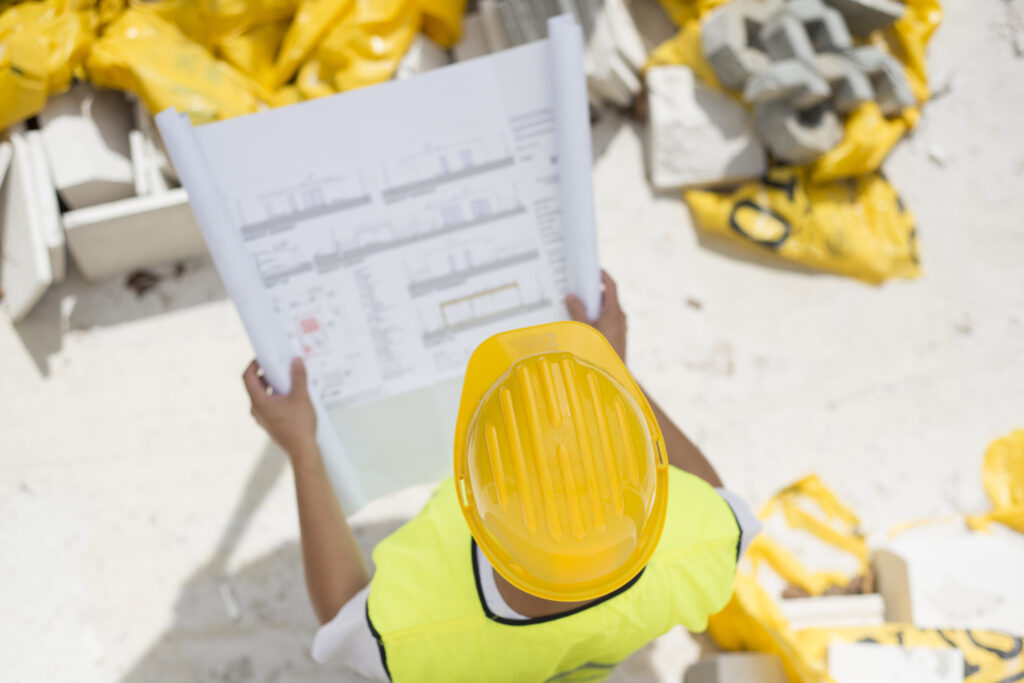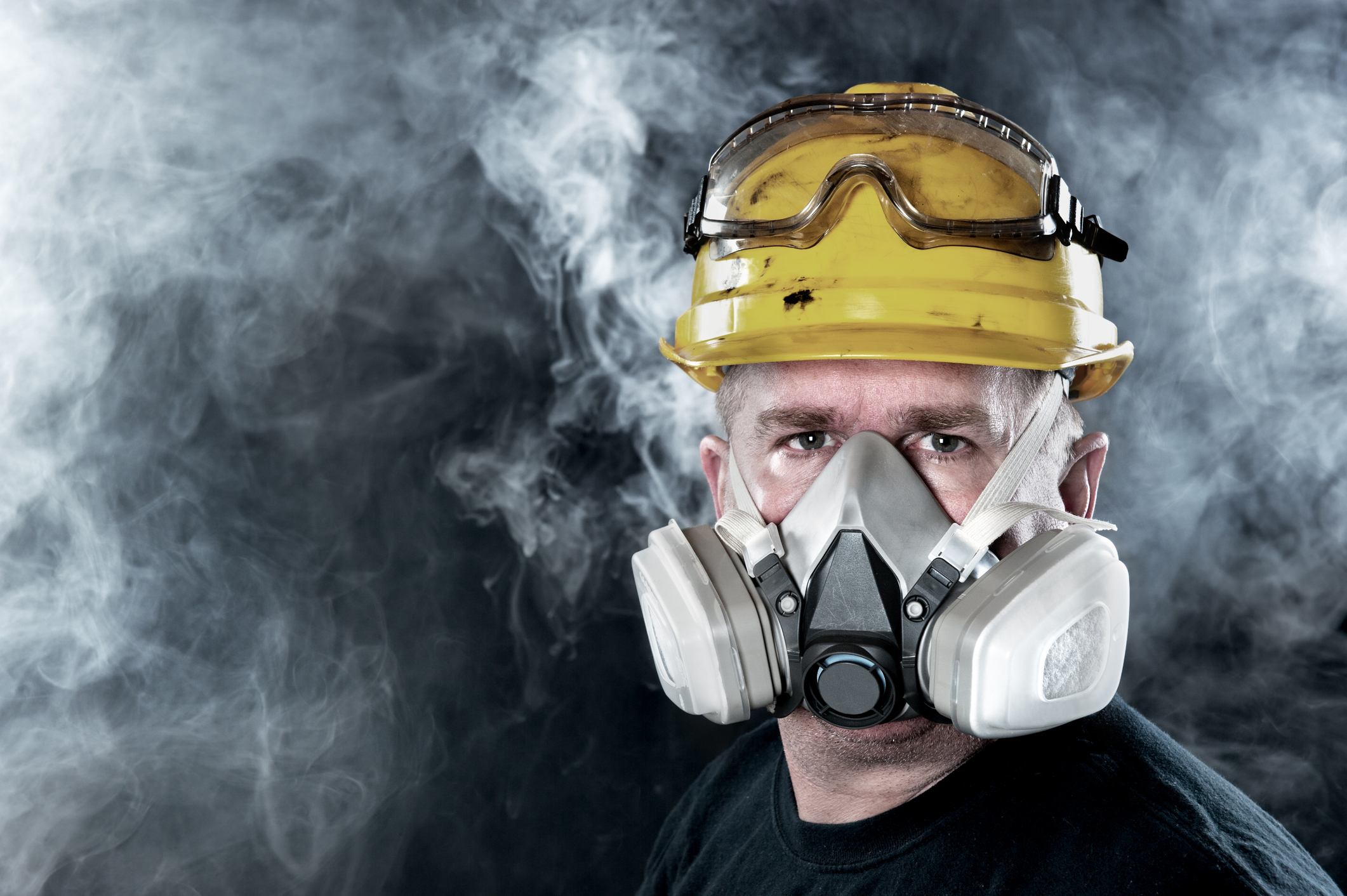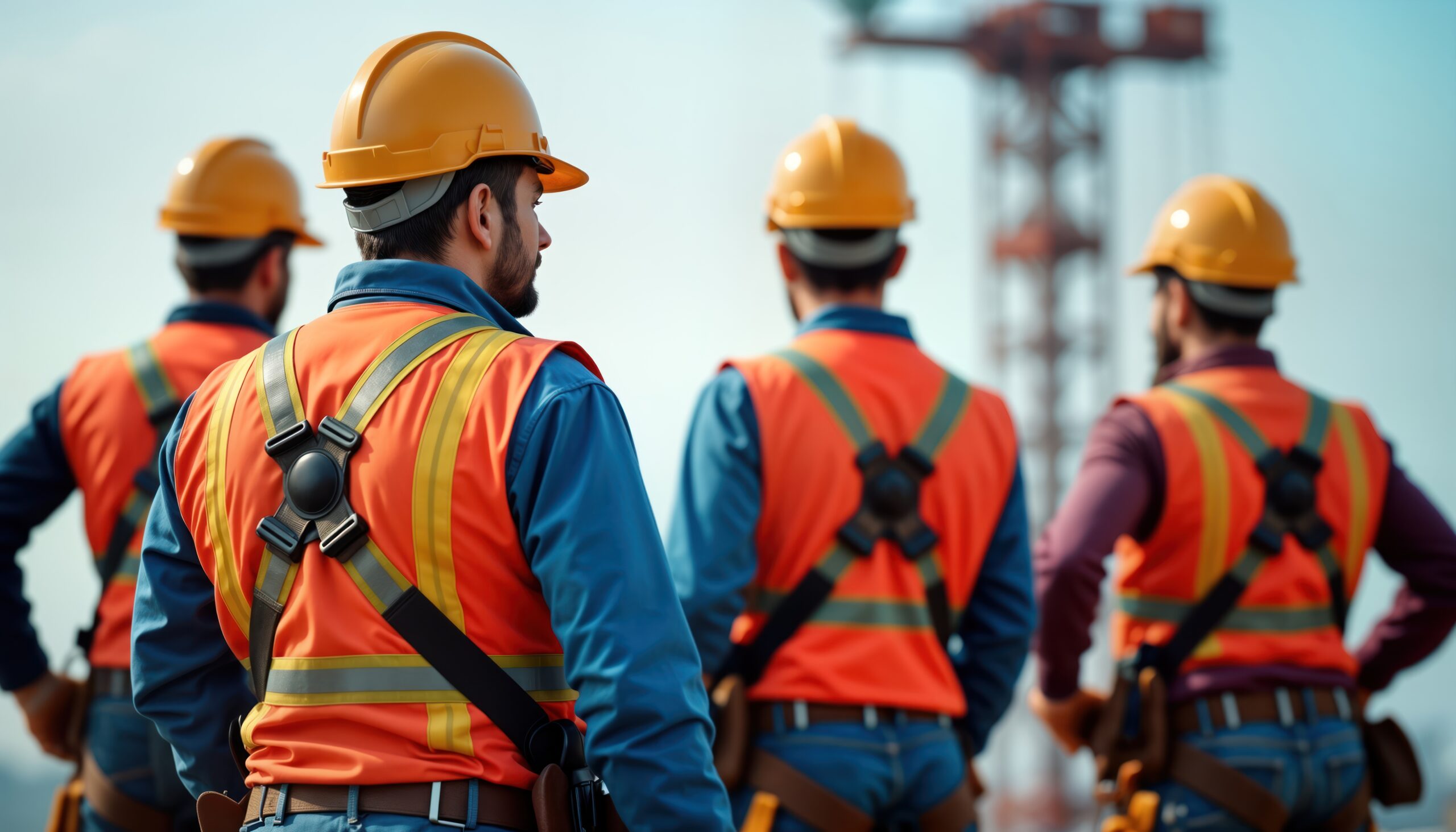OSHA Updates PPE Requirements for the Construction Industry: Ensuring Proper Fit for Worker Safety

New OSHA Rule Mandates Properly Fitting PPE
The Occupational Safety and Health Administration (OSHA) has finalized a significant revision to its personal protective equipment (PPE) standard for the construction industry, explicitly requiring that PPE properly fits each worker. This change, effective January 13, 2025, aligns the construction industry’s PPE requirements with those already established for general industry and maritime sectors.

Why This Change Matters
Assistant Secretary for Occupational Safety and Health Doug Parker emphasized the importance of this update, stating, “PPE must fit properly to work.” Many construction workers, particularly women and individuals with non-standard sizes, have faced challenges with ill-fitting or unavailable PPE.
Properly fitting PPE is crucial for ensuring worker safety and health. Ill-fitting equipment can:
- Compromise protection and reduce effectiveness
- Introduce additional hazards (e.g., loose gloves getting caught in machinery)
- Discourage proper use of PPE
- Lead to more workplace injuries due to inadequate protection
Key Updates to the PPE Standard
The revised standard, codified at 29 CFR 1926.95(c), mandates that employers select PPE that properly fits each affected employee. The PPE covered under this rule includes:
- Hard hats
- Gloves
- Goggles
- Safety shoes
- Safety glasses
- Welding helmets and goggles
- Hearing protection devices
- Respirators
- Coveralls, vests, harnesses, and full-body suits

Steps for Employers to Ensure Compliance
To comply with the new requirements, employers should take proactive steps, including:
1. Assess PPE Fit
- Evaluate the fit of existing PPE and consult manufacturers’ guidelines to ensure proper sizing.
- Work with suppliers to provide a range of PPE sizes.
2. Provide Training
- Educate workers on the importance of properly fitting PPE.
- Encourage employees to report any PPE fit issues.
3. Maintain Open Communication
- Create an environment where workers feel comfortable discussing PPE concerns.
- Implement a system for workers to request properly fitting PPE and replace ill-fitting equipment quickly.
Enhancing Safety and Inclusivity in Construction
By adhering to these updated standards, employers can enhance worker safety, reduce the risk of injuries, and promote a more inclusive workplace. Ensuring properly fitting PPE helps all workers stay protected and contributes to a safer work environment.
For more information on OSHA’s PPE requirements and guidance, visit OSHA’s official PPE page.
Blog Posts
Latest Posts
Related Posts




